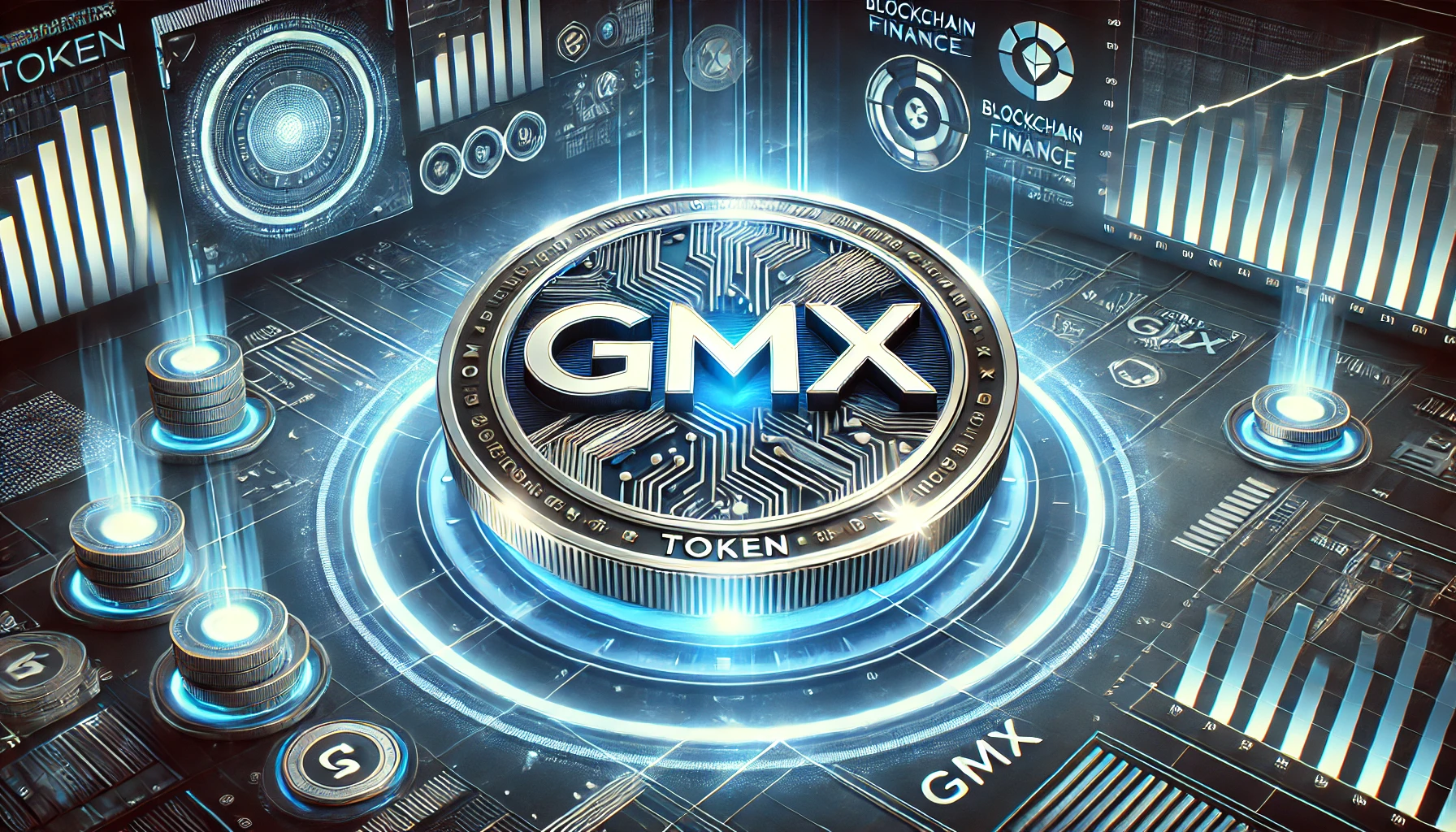Share
GMX: A Well-Backed DeFi Leader
STORY HIGHLIGHTS

Introduction to GMX
In the dynamic realm of decentralized finance (DeFi), where innovation drives progress and trust is paramount, GMX has emerged as a cornerstone of reliability and growth. Launched as a decentralized perpetual exchange, GMX empowers traders to engage in spot and perpetual trading with leverage, all while adhering to the core tenets of decentralization and security. What distinguishes GMX is its robust economic framework and the expansive ecosystem that has flourished around it, offering compelling evidence of its backing and inspiring confidence among users and investors.
Operating on the Arbitrum and Avalanche blockchains, GMX leverages their scalability and cost efficiency to deliver a seamless trading experience. Supporting up to 50x leverage on major cryptocurrencies such as BTC, ETH, and AVAX, GMX has become a preferred platform for traders seeking decentralized alternatives to centralized exchanges. Its innovative shared liquidity pool and dynamic pricing mechanisms, supported by Chainlink oracles, set a new benchmark for efficiency and fairness in DeFi trading. With a reported trading volume exceeding $230 billion and over 660,000 traders, GMX’s impact is undeniable (Chainlink Ecosystem).
Understanding GMX's Economic Model
The backbone of GMX’s success is its carefully crafted economic model, designed to ensure sustainability and incentivize participation. A cornerstone of this model is its revenue distribution strategy.
"GMX allocates 100% of its protocol revenue to token holders, with 30% going to GMX stakers and 70% to providers of its liquidity pool, GLP."
This approach fosters a self-reinforcing cycle of value creation by rewarding both stakers and liquidity providers. The revenue is primarily derived from trading fees, with GMX charging a 0.1% fee per trade. On Arbitrum alone, weekly fees frequently reach $1-3 million, underscoring the platform’s financial strength. Liquidity providers in the GLP pool, which includes assets like ETH, BTC, LINK, and USDC, benefit from these fees and the potential appreciation of the pool’s assets (CoinMarketCap).
GMX also maintains a Floor Price Fund to enhance token stability.
"The Floor Price Fund, currently valued at $5.1 million, provides a minimum price backing of approximately $0.73 for GMX."
While this fund aims to act as a safety net, its effectiveness has been debated due to rapid token price growth and market speculation. Nevertheless, it reflects GMX’s commitment to protecting investor value, adding a layer of economic assurance.
The Thriving GMX Ecosystem
A project’s true backing is often measured by the strength of its ecosystem, and GMX excels in this regard.
"GMX has fostered a rich and diverse ecosystem, with over 28 projects built on or integrated with its platform."
These projects span multiple categories, including vaults, lending, options, social trading, and more, each contributing to GMX’s liquidity and adoption (Coincu).
Key Ecosystem Projects
| Category | Projects | Description |
|---|---|---|
| Vaults (Auto-compounding) | Abracadabra, Plutus, Yield Yak, Beefy Finance | Offer auto-compounding to reinvest GLP yields, e.g., Abracadabra’s magicGLP compounds twice daily. |
| Lending | Vesta, Sentiment, Rodeo, Tender.fi | Enable borrowing against GLP, enhancing liquidity without selling assets. |
| Options | Lyra, Dopex | Provide decentralized options trading, with Dopex offering GLP price hedging. |
| Social Trading | STFX, Perpy Finance, Puppet Finance | Facilitate copy trading using GMX’s low-fee trading infrastructure. |
| Others | DappsOS, Demex, MUX | Extend GMX to other blockchains (e.g., Cosmos) or aggregate trading services. |
- Vaults: Abracadabra and Plutus lead with auto-compounding vaults, maximizing GLP returns. Abracadabra’s magicGLP vault, with a TVL of $15.47 million, reinvests yields twice daily, while Plutus’s plvGLP compounds every eight hours, boasting a TVL of $7.86 million.
- Lending: Vesta and Sentiment allow users to borrow against GLP, enabling leveraged strategies or liquidity access without divestment.
- Options: Lyra and Dopex enhance GMX’s offerings with options trading. Dopex’s Atlantic Perp Protection hedges GLP price fluctuations, adding risk management tools.
- Social Trading: STFX and Perpy Finance leverage GMX’s infrastructure for non-custodial copy trading, benefiting from its deep liquidity.
- Others: Demex bridges GLP to Cosmos, while MUX aggregates GMX trading for lower fees, expanding its reach.
This ecosystem not only amplifies GMX’s utility but also provides multiple layers of backing. Each integrated project increases trading volume, enhances liquidity, and reinforces GMX’s position as a DeFi leader. The integration with Chainlink’s low-latency oracles further strengthens its infrastructure, ensuring accurate pricing and reliable trade execution (Chainlink Ecosystem).
Conclusion: Why GMX Stands Out
GMX’s blend of a robust economic model, innovative features, and a thriving ecosystem positions it as a standout in the DeFi landscape. Its revenue-sharing mechanism ensures participants are rewarded, fostering a loyal community. The Floor Price Fund, despite debates over its efficacy, underscores GMX’s commitment to price stability. Most notably, the extensive ecosystem of over 28 projects—from Abracadabra to MUX—demonstrates the community’s confidence and GMX’s pivotal role in DeFi innovation.
As DeFi evolves, projects like GMX, which prioritize sustainability, security, and community engagement, are poised to lead. For traders, investors, or DeFi enthusiasts seeking a well-backed project, GMX offers a compelling opportunity to engage with a platform that is both innovative and resilient.




